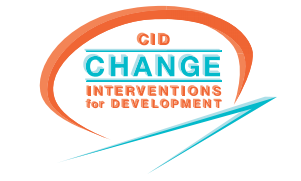The “How” of Multi-stakeholder Engagement
by Cecilia Cabanero Verzosa and Thomas R. Fiutak
• Cecilia Verzosa is Managing Director of Change Interventions for Development LLC and has worked with the World Bank on strategic communication and stakeholder engagement in operations.
• Thomas Fiutak is a Senior Fellow in the Technological Leadership Institute, University of Minnesota, Twin Cities. He directed the Conflict and Change Center of the University of Minnesota.
BackgRound
Development actors must be ready to share power to achieve effective multi-stakeholder engagement. This means (i) being willing to listen to voices of dissent as well as of agreement, (ii) providing space to review the design and implementation of change interventions, and (iii) replacing incentives and institutional processes that perpetuate the status quo with mechanisms that promote transparency and reduce asymmetric information. These actions will allow multi-stakeholder groups to articulate their needs and help shape change processes. Engaging stakeholders in the process of change is critical to the success of interventions. In development programs, change agents must consult people affected by reform. There have been successes in mobilizing broad support for difficult reform. For example, the Kinerja project in Indonesia secured public participation in multi-stakeholder forums to reform district health and education service delivery in six provinces.2
The forums provided input to local government on the services provided to the community and helped gain commitment to improve facilities and services. These forums were granted legal status through government decrees, which gave the community access to government funds to maintain the quality of services and facilities in the community. Strive, a nonprofit subsidiary of KnowledgeWorks Foundation, worked with nine communities in Cincinnati, Ohio, in the Unites States.3 This led to the development of the “Collective Impact Initiative” approach promoting community ownership of change initiatives. Five elements contributing to the success of this approach were (i) a common agenda, (ii) shared measurement systems, (iii) mutually reinforcing activities, (iv) continuous communication, and (v) a backbone support organization (footnote 3). Efforts to reform public procurement in the Philippines resulted in the Procurement Reform
